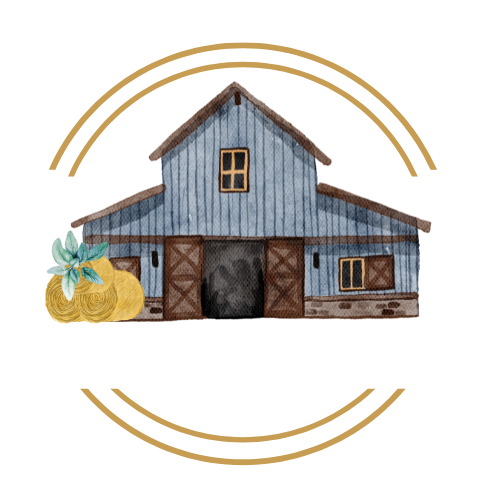There has never been a better time to start growing your own food. Not only does it save you money, but it also provides you with fresh, healthy produce that you can feel good about eating. However, starting a garden can be intimidating, especially if you’re new to gardening. In this article, we’ll share some tips and tricks that will help you grow a bountiful harvest in your own backyard.
Why Grow Your Own Food?
Before we dive into the tips and tricks, let’s talk about why you should consider growing your own food. There are many benefits to gardening, including:
- Cost savings: Growing your own food is much cheaper than buying it at the store.
- Freshness: When you grow your own food, you know exactly where it came from and how fresh it is.
- Health: Homegrown produce is often healthier and more nutritious than store-bought produce.
- Sustainability: Growing your own food is a sustainable way to feed yourself and your family.
- Stress relief: Gardening is a great way to relieve stress and get some exercise.
Planning Your Garden
Choose the Right Location
The first step in starting a garden is to choose the right location. Ideally, your garden should be located in a spot that gets plenty of sunlight and has well-draining soil. It’s also important to choose a location that is easily accessible, so you can tend to your garden regularly.
Decide What to Plant
The next step is to decide what to plant in your garden. Consider what types of produce you like to eat, as well as what will grow well in your climate. Some easy-to-grow vegetables for beginners include tomatoes, peppers, cucumbers, and beans.
Start Small
If you’re new to gardening, it’s important to start small. A small garden is easier to maintain and will help you build your confidence as a gardener. You can always expand your garden in the future if you find that you enjoy it.
Planting Your Garden
Prepare Your Soil
Before you start planting, it’s important to prepare your soil. This involves removing any weeds or debris and adding compost or other organic matter to improve the soil’s fertility.
Plant Your Seeds
Once your soil is prepared, it’s time to plant your seeds. Follow the instructions on the seed packets to determine how deep to plant them and how far apart to space them.
Water and Fertilize
After planting, it’s important to water your seeds regularly and fertilize them as needed. Be careful not to overwater, as this can lead to rot and other problems.
Maintaining Your Garden
Weed Regularly
Weeding is an important part of maintaining a healthy garden. Be sure to weed regularly to prevent weeds from taking over and stealing nutrients from your plants.
Monitor for Pests and Diseases
Pests and diseases can quickly ruin a garden. Keep an eye out for any signs of pests or diseases, and take action quickly if you notice any problems.
Harvest Your Produce
As your plants grow, it’s important to harvest your produce regularly. This will encourage your plants to keep producing and will help prevent overripe or spoiled produce.
Conclusion
Growing your own food is a rewarding and satisfying experience. By following these tips and tricks, you can create a bountiful garden that provides you with fresh, healthy produce all season long. So what are you waiting for? Start planning your garden today!
FAQs
- What are the easiest vegetables to grow in a garden?
- How much space do I need to start a garden?
- How often should I water my plants?
- What can I do to prevent
- What can I do to prevent pests and diseases in my garden?
- How do I know when my produce is ready to harvest?
1. What are the easiest vegetables to grow in a garden?
Some of the easiest vegetables to grow in a garden include tomatoes, peppers, cucumbers, beans, lettuce, and radishes. These plants are generally low maintenance and can be grown in a variety of climates.
2. How much space do I need to start a garden?
The amount of space you need to start a garden depends on what you want to grow. If you’re just starting out, a small garden bed or a few containers can be enough to get started. As you become more experienced, you may want to expand your garden to accommodate more plants.
3. How often should I water my plants?
The amount of water your plants need depends on the type of plant and the climate you live in. In general, most plants need to be watered at least once a week, but some plants may require more frequent watering. Be sure to check the soil regularly to make sure it stays moist but not waterlogged.
4. What can I do to prevent pests and diseases in my garden?
There are several things you can do to prevent pests and diseases in your garden. One of the most important is to keep your garden clean and free of debris, as this can provide a breeding ground for pests and diseases. You can also use natural pest control methods, such as companion planting, insect-repelling plants, and organic pesticides.
5. How do I know when my produce is ready to harvest?
The best way to know when your produce is ready to harvest is to check the plant regularly. Most fruits and vegetables will be ready to harvest when they are fully ripe and have reached their mature size. You can also look for visual cues, such as a change in color or texture, to determine when your produce is ready to pick.

